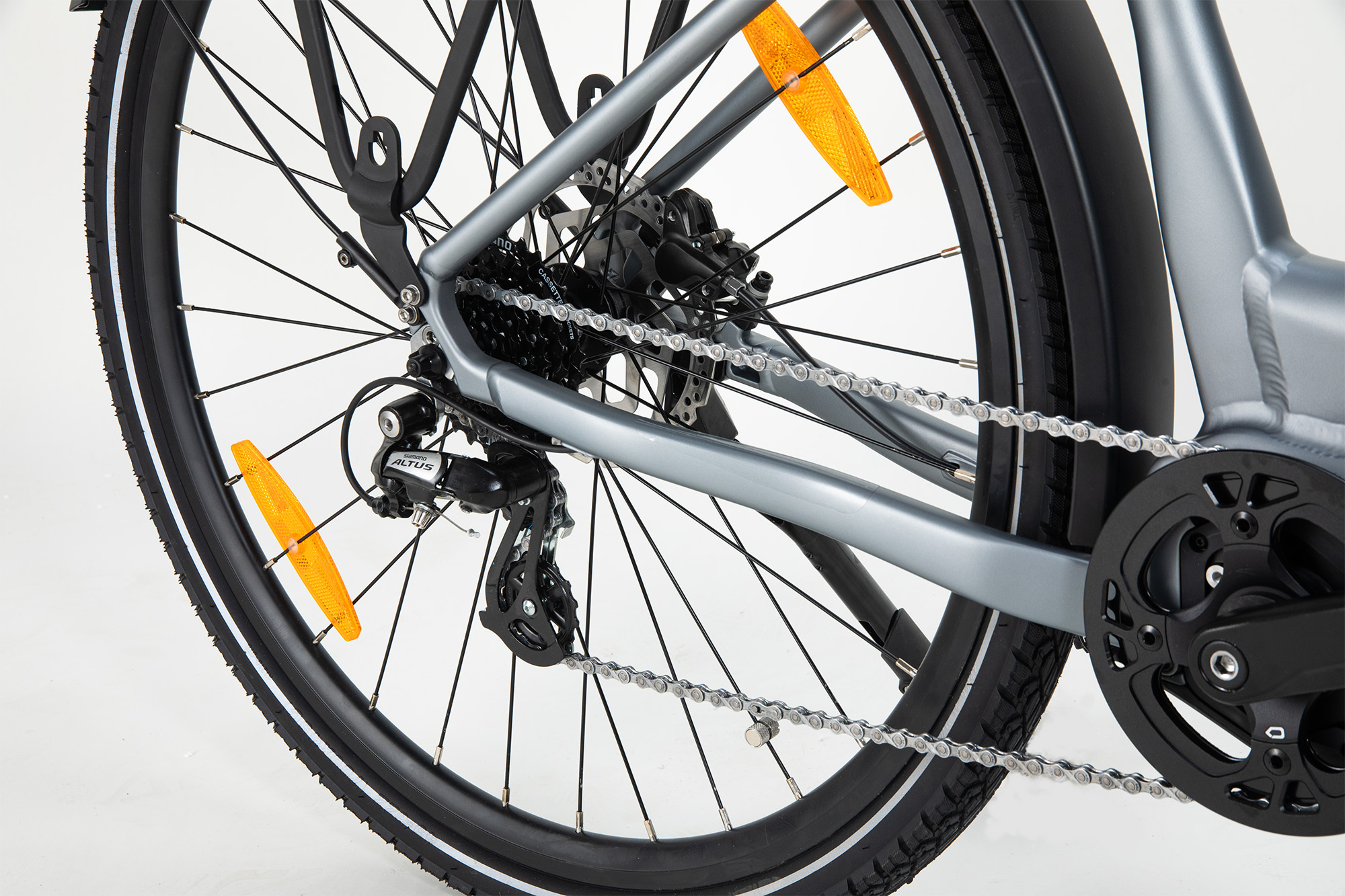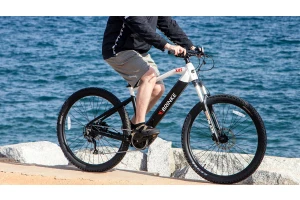September 19, 2024

Everything You Need to Know About Bicycle Cassettes: How They Work, Gear Choices, Materials, and More
Most modern bicycles—whether mountain bikes, road bikes, or gravel bikes—are equipped with derailleurs. The rear derailleur moves the chain up and down a set of cogs connected to the rear wheel. These cogs, often referred to as gears, make up the cassette. In this article, we'll introduce what a cassette is, how to identify the "gears" on your cassette, key differences between cheap and expensive cassettes, and more.
What is a Cassette?
A cassette is a critical component in most bicycle drivetrains. While seeming simple, cassettes involve a lot of engineering design. They are not just a collection of cogs; the cogs are designed to work together as a whole. Their precise positioning ensures smooth shifting between gears. The individual tooth profiles on the cogs vary, and the sides of the cogs are often ramped to aid in smooth transitions between gears. For example, Shimano uses a system called Hyperglide, designed to provide smooth shifting. Their latest cassettes feature an upgraded system, Hyperglide+, which Shimano claims reduces shift time by up to a third compared to Hyperglide and improves shifting performance under load. Other cassette manufacturers like SRAM and Campagnolo also have well-engineered cassettes.
Cassette Gears
Cassettes may have anywhere from 7 to 13 cogs. Higher-end road bikes now commonly come with 12-speed systems. Shimano joined SRAM and Campagnolo in offering 12-speed setups in 2021 with the release of the Dura-Ace Di2 R9200 groupset. In mountain bikes, 12-speed cassettes are standard in higher-end setups, usually paired with single-chainring cranksets. The number of cogs on your cassette must match the design of your other components, as most shifting systems are indexed, designed to move the rear derailleur a specific distance for each gear shift.
Gear Ratios
The range of different tooth counts provided by cassettes is critical for compatibility with your drivetrain. Generally, cassettes start with 10, 11, or 12 teeth. Some exceptions include cassettes with as few as 9 teeth or as many as 13 or 14 teeth for the smallest cog. Brands sometimes refer to their cassette range in percentage terms, such as SRAM's 10-52t cassette, which they claim has a 520% range. This means the largest cog has 520% more teeth than the smallest cog.
Materials
The cheapest cassettes are usually made from pressed steel, which is durable but heavy. As prices rise, you'll get more exotic materials and better finishes. For instance, the top-tier Shimano Dura-Ace R9200 cassette has five titanium sprockets. SRAM's highest-end Red AXS 12-speed road cassettes are machined from a single steel block, reducing weight significantly.
Compatibility involves several considerations, including the freehub body's design to ensure proper fitting. Most common systems like Shimano's 11-speed HG style freehub and SRAM's XD and XDR offer different compatibility options. Not all cassettes fit all wheelsets or groupsets.
Mountain vs. Road Cassettes
People generally wouldn't use a road cassette on a mountain bike, and vice versa. Road cassettes usually offer narrower ranges, suitable for different types of cycling. If you need a wider range of gears for activities like biking over varied terrains, a mountain bike cassette might be worth considering, provided it’s compatible with your bike's rear derailleur and freehub body.
Price Considerations
High-end cassettes, like SRAM’s Red, can cost upwards of €400. Features include exotic materials like titanium or carbon fiber and often better surface treatments and lighter weights. Mid-range options like Shimano’s Ultegra or 105 cassettes offer excellent performance with less exotic materials and lower costs. Regular maintenance is crucial, as cassettes wear out over time and need to be replaced.


 Deutsch
Deutsch  Español
Español  Deutsch
Deutsch 



Validate your login